During takeoff and landing, many of us look out the window and see all sorts of lights, letters, and colorful lines on the runway. For the pilots, these lights and lines are just like a secret language that only the pilots need to know. The runway signs are needed for safety and for the development of aircraft technology.
An aircraft can be 70 meters wide! An aircraft is also quite long and heavy. While a pilot can usually see the wing tips, driving such a large vehicle can be quite tricky. Signs, lights, numbers, and colors all make driving an aircraft more efficient and safer.

Lines
Air Traffic Control keeps in constant touch with the pilots during takeoff and landing in order to form the most accurate and clean takeoff and landing. Lines painting on the runway help indicate when the pilots should touch down or take off. Most airports follow the same exact pattern as defined by the Federal Aviation Administration.
There is a blast pad, which looks like yellow painted lines or even chevrons. The blast pad is never driven on since it can’t even hold the weight of a plane. The blast pad will prevent a blast effect from happening just before the runway.
The runway begins where there are several thin, long, white lines. Just before the runway, you will see the yellow chevrons indicating the blast pad. Near the long white lines, you will see a number that goes from 1-36 representing the runway number. There may be a letter as well that indicates a runway that is parallel to another.
The aircraft touches down just after the number and letter. The plane lands right where the six white lines are painted. Adjacent to the six white lines are white triangles, which serve as visual aides for the pilots so that they can have an aiming point.
Colors and Lights
On every runway you will see red square signs. These let the pilot know that they are in a “holding position” or in other terms a stop sign. Typically the aircraft will be waiting to take off or taxi to the gate at this point. A black sign with a number on it corresponds to the amount of feet that are left on the runway. White paint is for the runway, yellow is for taxiing purposes, and red is for stopping points.
Lights are quite similar in that green lights up where the runway starts and red means stop or a no-go area. White lights are used to mark the approach area so that the pilot can aim for a nice landing.
Interestingly, in recent years many airports have been using LED lights on the runways. LED lights increase visibility and efficiency. However, many pilots have complained that the LED lights cause a blinding effect during landings.
Numbers
According to the Federal Aviation Administration, all letters and numbers must adhere to certain guidelines. These guidelines include being specifically proportioned. For example, the number”1” must have a horizontal tip at the top in order to avoid any confusion. Numbers and letters must be 60 feet tall except for the letters 6 and 9 which can be 3 feet taller because of the longer tail ends. Interestingly, if any lines or markings have been blasted a bit, the FAA requires the markings to be power washed so that the markings may be done again. The markings may never just be painted over since they might wear down and reveal conflicting information.



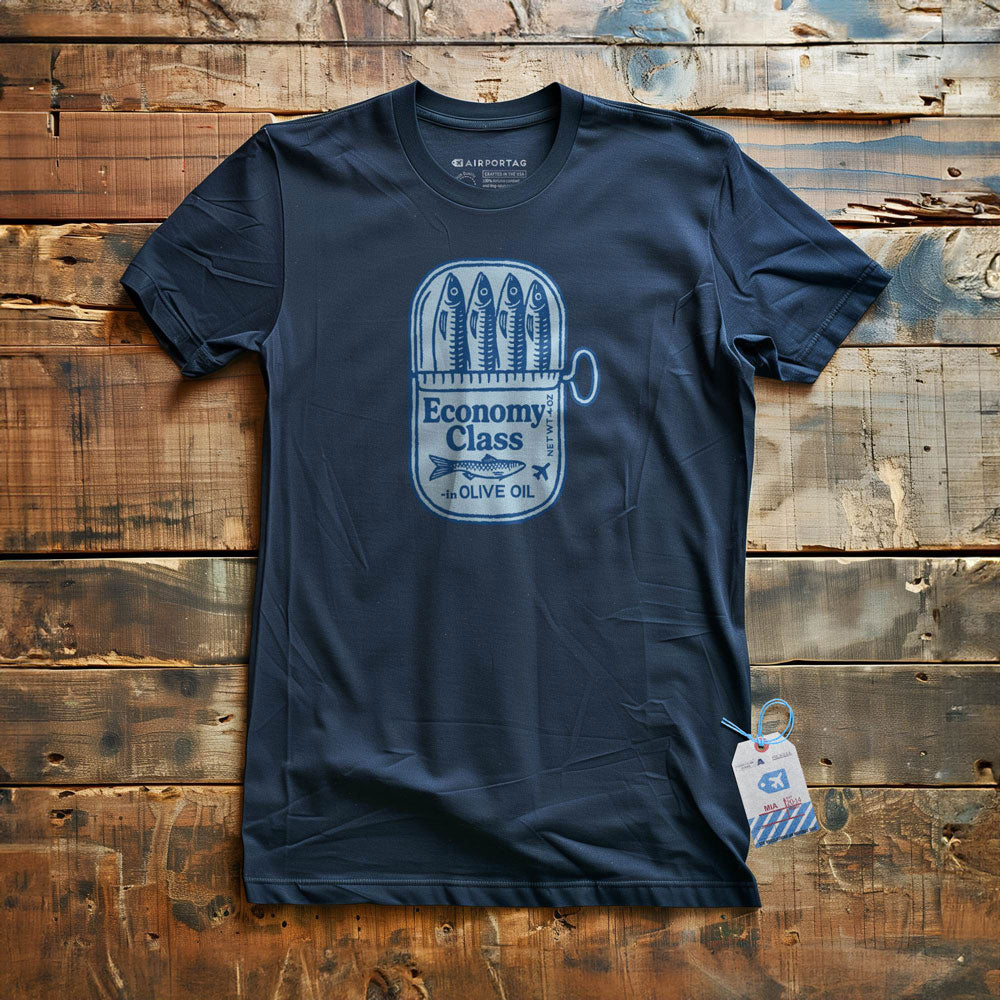


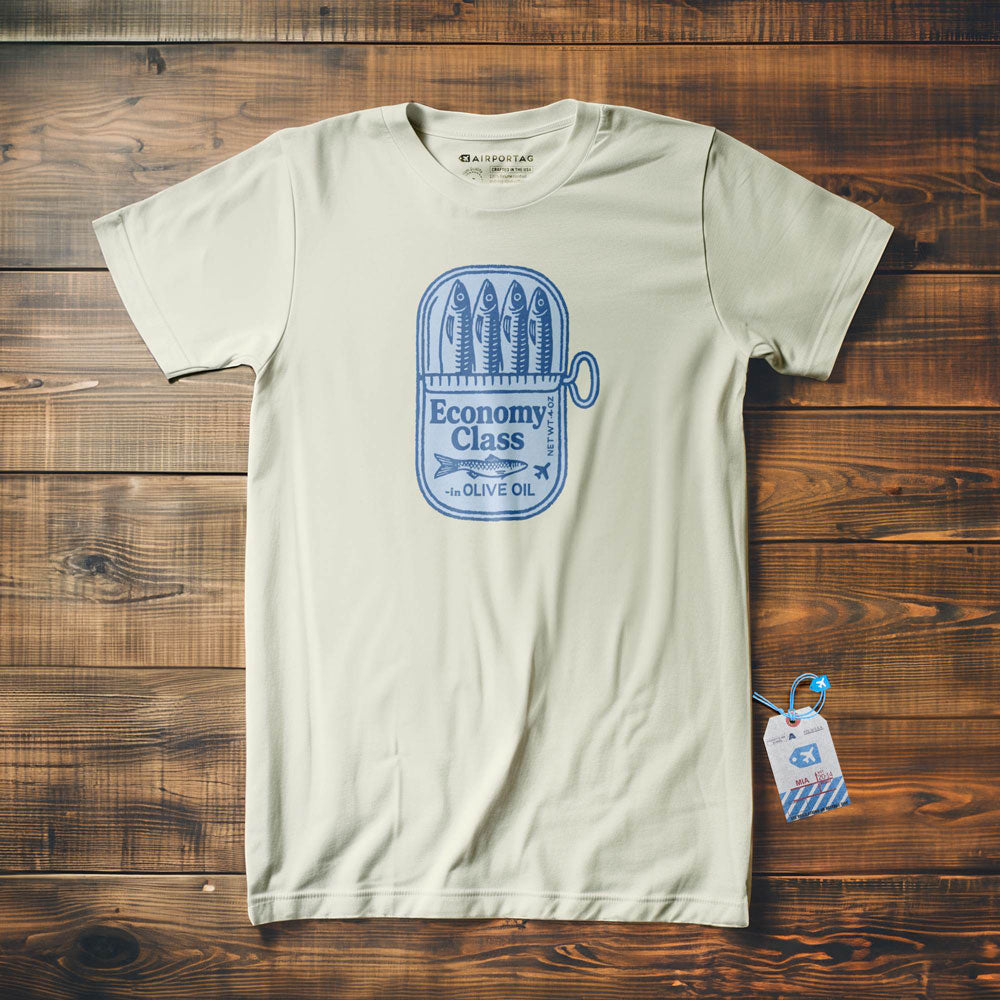
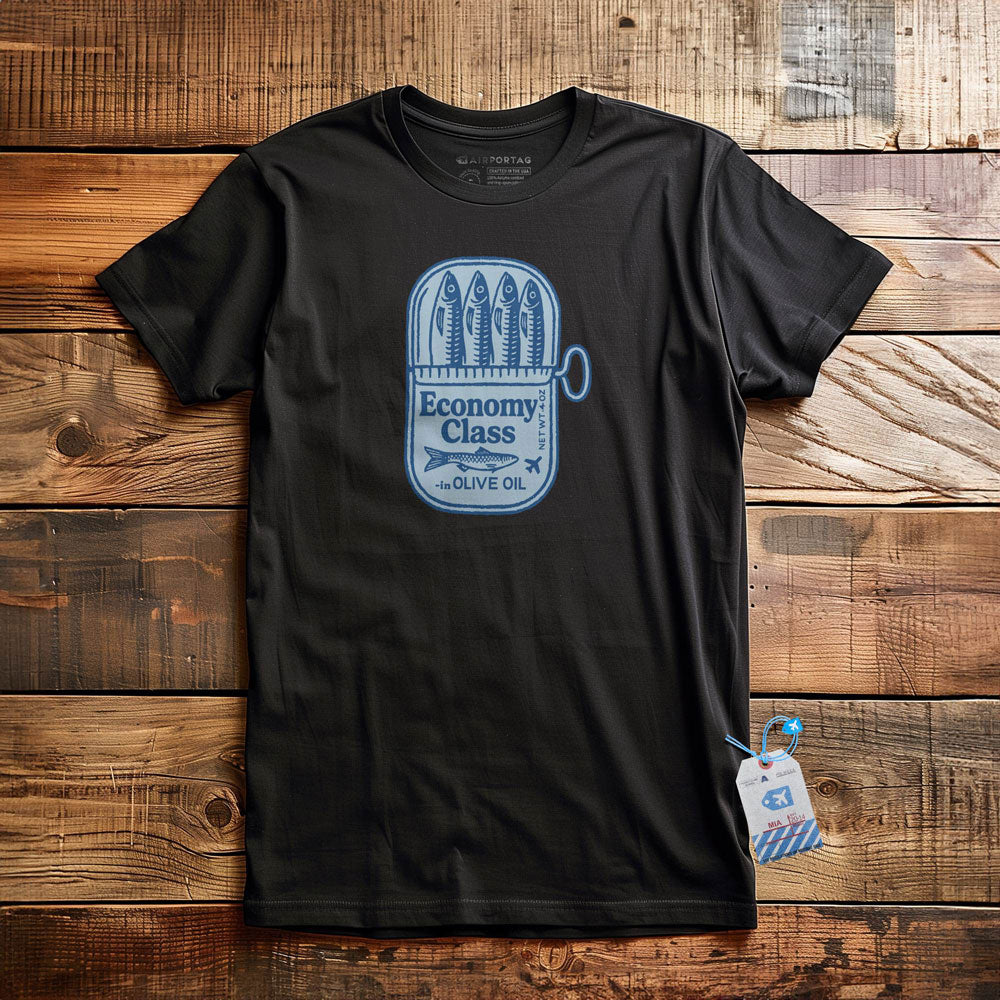
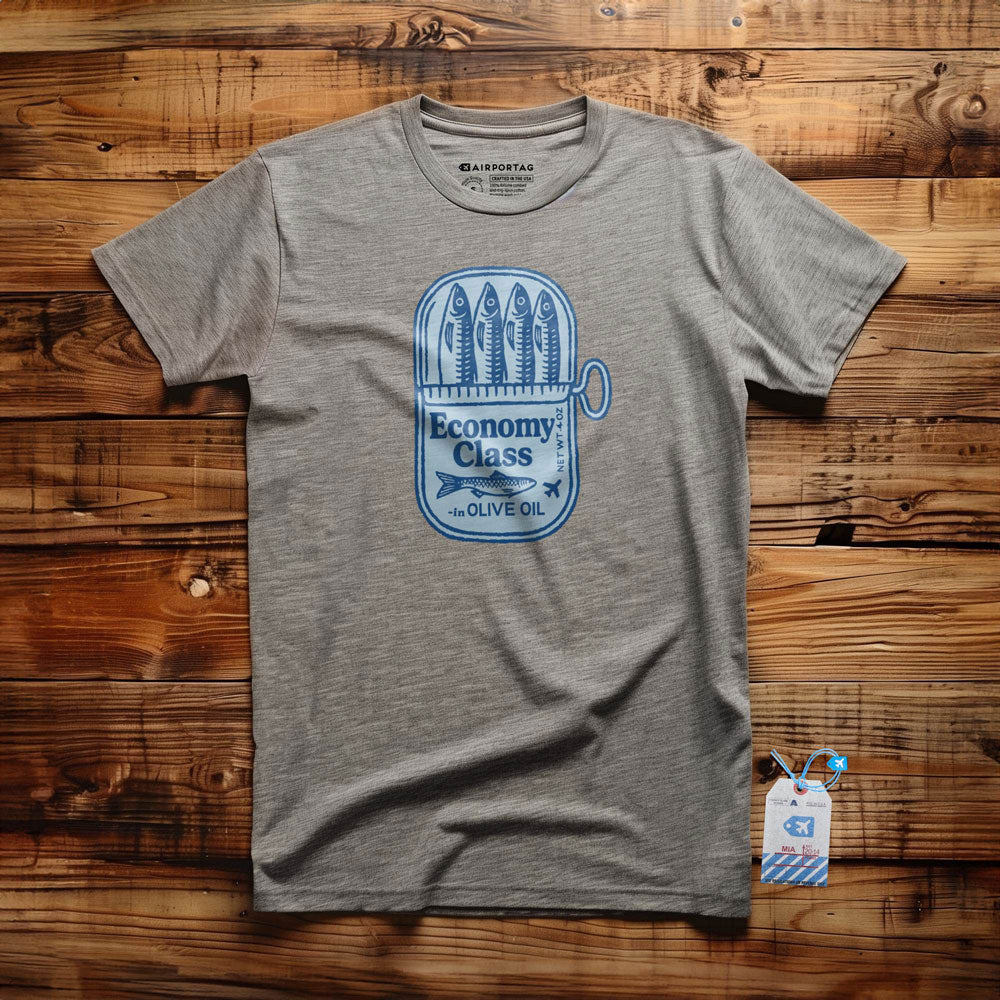
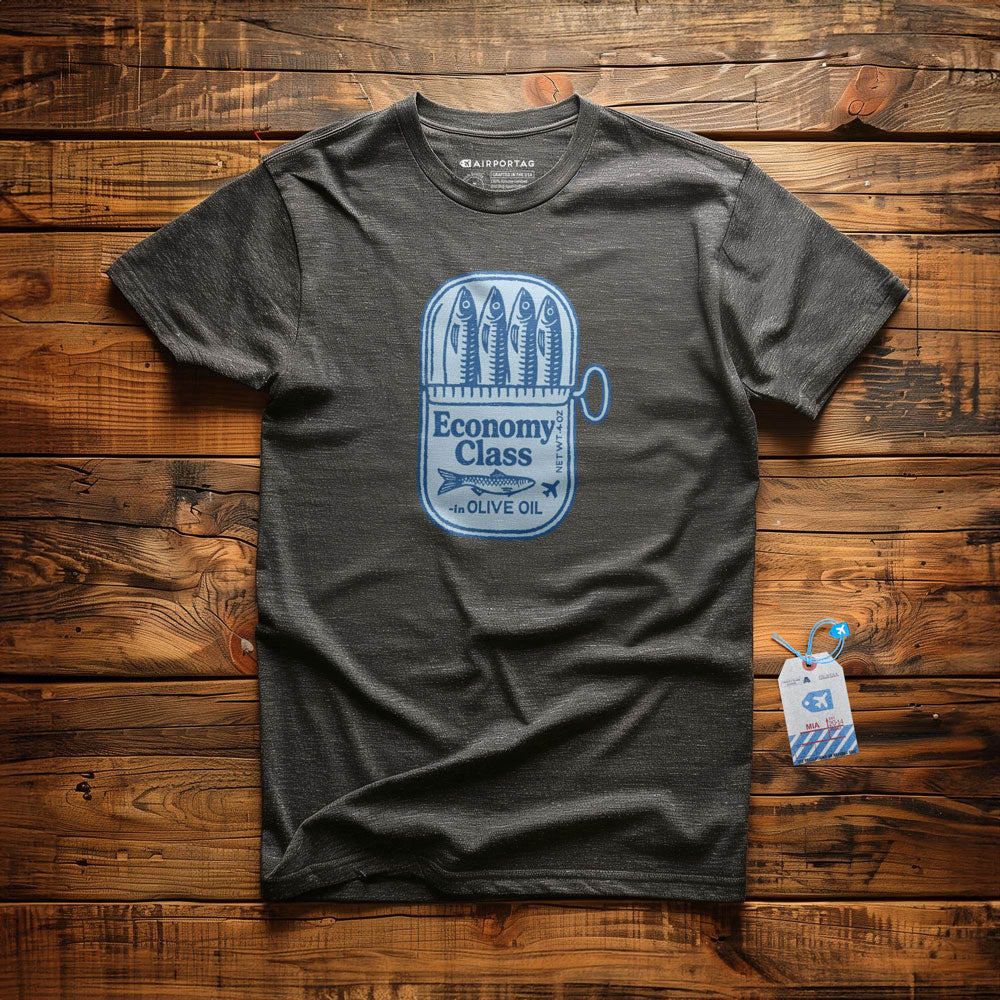
2 comments
MUHAMMAD MAMUN JAFAR
I SHALL FOREVER LOVE BOING.
MUHAMMAD MAMUN JAFAR
I SHALL FOREVER LOVE BOING.
Leave a comment
All comments are moderated before being published.
This site is protected by hCaptcha and the hCaptcha Privacy Policy and Terms of Service apply.